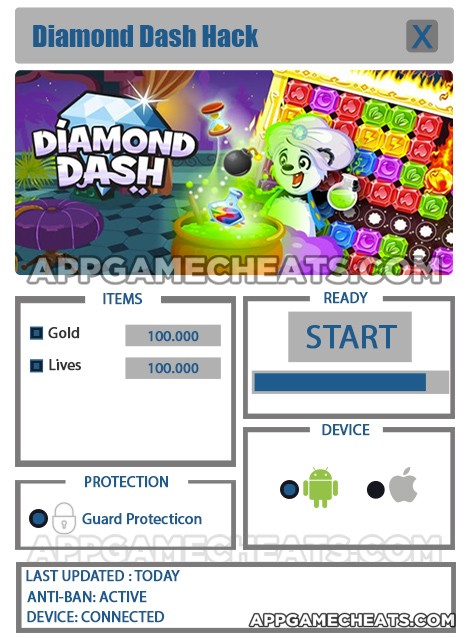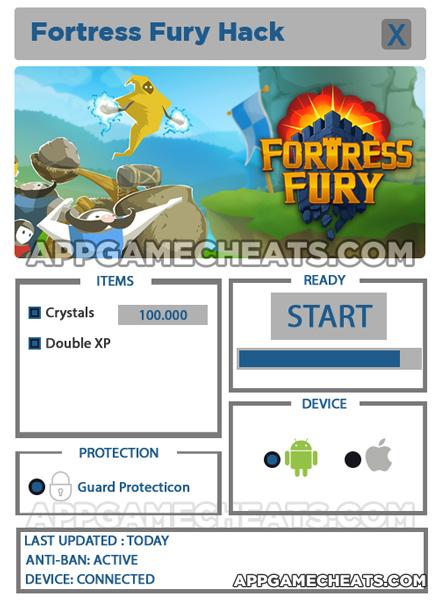

Using Underbelly Cone with Slots Facing Up On a Helicopter to Increase Payload and Liftoff Force. Picture a helicopter model sitting on top of a funnel. The edges of the bottom of the funnel on the table has an additional lip on it which raps around the edges with a little space between it. At the rotor blades force air under the helicopter into the ground cushion below they are forces into the inside of the cone. As the pressure build under it, it forces all that energy to the helicopters C.G. (Center of gravity). This continues as the helicopter lifts up.
It will cost us about $10,000 to build a prototype of this concept. Using a RC helicopter like one of these. Which will be a smaller model of an existing helicopter. We also plan to use some of the most recent micro helicopter technology as practice versions. We figure a micro version will cost us about $15,000 or less to perfect. RC Type Prototype platform to start tests prior to wind tunnel to prove concept:
http://my.cfanet.com/~scott/rcworld/helis/...lsize/cobra.JPG
Micro-MAV Helicopter Platform starting point:
http://freeenergynews.com/Tangent/MicroAer.../chick_heli.jpg
Unfolded Cone Wing Shape:
http://www.symetrics.com/whatsnew/mav.jpg
Once the aircraft is off the ground, which requires a lot of thrust, the cone unhooks itself and spreads out into the shape of a wing similar shape to a bat. To show you the shape of the wing. Do this: Take a piece of paper and make a circle on it, six inches in diameter. Now cut that circle out. Then pick the center and make a dot, then make one cut into the center. Now fold the circle into itself to make a Yarmulke. Now fold it into a cone. This is the cone we will use. Now unfold it to the original circle. Now make another cut to the center exactly opposite of the first cut. But do not cut it all the way thru, leave half and inch to keep the circle from becoming two halves. Now fold the circle the other way but keep it flat, this is the shape the cone will become in flight. A bat shaped wing. With a little anhedral bowed into the leading edge as it sits under the helicopter.
The manufactured shape of the underbelly cone will actually be the shape of a wing, but hydraulics will fold it into the shape of a cone after landing. The wing will be used to slow decent and also to help with softer landings by adding to the ground cushion while landing.
The cone can pivot at the C.G., which can also help as the transition is made from hover to forward momentum as the collective is pulled up. Since the top of the cone pivots on the bottom of the helicopter the angle of attack in the wing configuration will also be adjustable. During rapid decent the inherent manufactured material will also be somewhat folded so the wings will curl down and will mimic wing tips of a "Swift" bird for high-speed dives. The swift can dive at up to 217 mph.
Now then as it comes in for landing the wing is used as a barrier to trap air underneath for an air cushion, for trouble free landings.
The micro helicopter could be enough to transport a hamster or mouse, even with the small six-inch rotor blades and six-inch wing when extended. We are currently making pictures, artist renderings and a design. There are many uses for this micro helicopter concept for MAV style surveillance and nano or insect size MAVs.
On the larger model helicopters and actual full size human version units, the cusp of the cones slats will act like slots or slats do on Short Take Off and Landing STOL Aircraft. This concept makes a lot of sense for many reasons, we still are working through the types of materials to be used, strengths and manufactured material concepts to provide for rigid shape while flying, but bendable for cone structure yet, strong enough to support the weight of the helicopter. Luckily the vertical strength of the cone can be manufactured as the primary objective, yet the unbent material can be flexible for the wing configuration. Many choice to look at.




 Fortress Fury Cheats, Tips & Hack for Energy Crystals - AppGameCheats.com
Fortress Fury Cheats, Tips & Hack for Energy Crystals - AppGameCheats.com How to provide excellent service in Diner Dash Rush - hints, tips, and tricks
How to provide excellent service in Diner Dash Rush - hints, tips, and tricks BBM Icons and Symbols – iPhone and Android
BBM Icons and Symbols – iPhone and Android Age of Sparta - Tips, Tricks, and Strategies for the Budding Warrior
Age of Sparta - Tips, Tricks, and Strategies for the Budding Warrior Guess The 90s Answers Level 41-50
Guess The 90s Answers Level 41-50